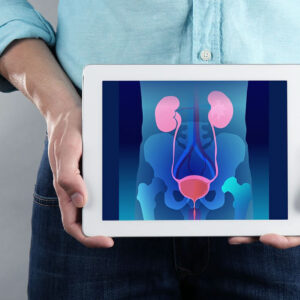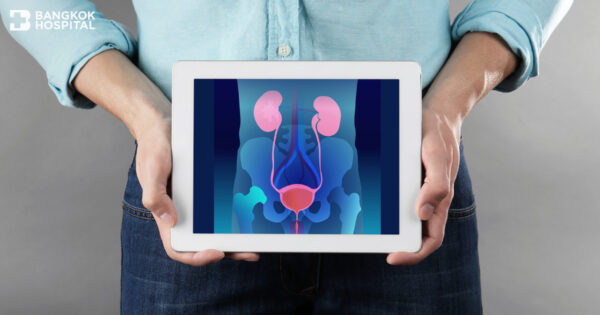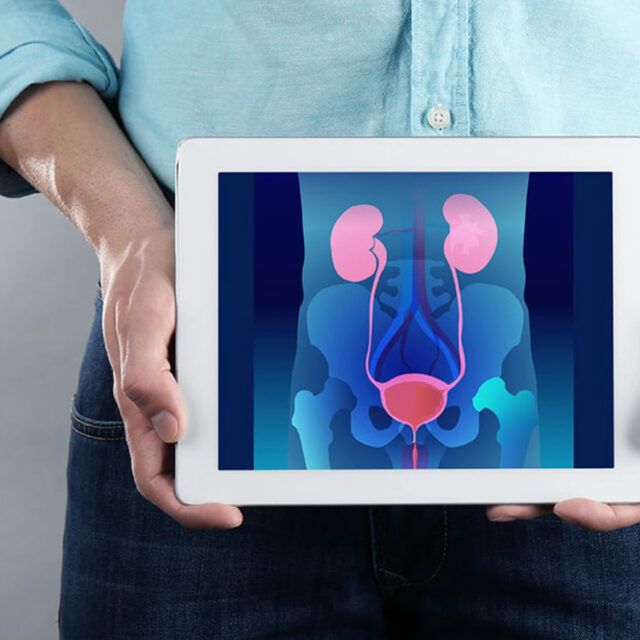The organs in the urinary tract tend to be hidden behind other organs in the abdomen and some might be within the narrow passage deep inside the pelvis. Traditionally, surgery involving the urinary tract requires large incisions and tools to pull open the abdomen, causing pain and slow recovery.
The advent of laparoscopic techniques allows for increased efficiency and drastic advance in urinary tract surgery. By inserting a scope with magnification and sharp images, surgeons can perform the operation on almost all organs with clear view. The results are better with less blood loss than traditional surgery. The incisions and surgical tools are smaller, translating into less pain and smaller scars.
Types of Laparoscopy
There are many types of laparoscopy of the urinary tract:
- Laparoscopic Radical Prostatectomy, Laparoscopic Simple Prostatectomy
- Laparoscopic Radical Nephrectomy, Laparoscopic Partial Nephrectomy, Laparoscopic Nephroureterectomy, Laparoscopic Pyeloplasty
- Laparoscopic Adrenalectomy
- Laparoscopic Radical Cystectomy, Laparoscopic Partial Cystectomy and Laparoscopic Ureteric Reimplant
3 Outstanding Laparoscopic Treatments
1) Prostate Cancer
Symptoms: Most patients will not have symptoms, but some may have signs, such as urinary incontinence. Bone pain may signify metastasis.
Diagnosis: Other than biopsy for pathological diagnosis, high blood PSA level, and/or digital rectal exam may reveal the condition.
Treatment: Laparoscopic radical prostatectomy is one of the treatment choices for early-stage prostate cancer. The entire prostate can be removed, including surrounding lymph nodes. Once the affected tissues have been removed, the urethra can be connected to the bladder so the patient can still excrete urine. Laparoscopic prostatectomy provides similar results to abdominal surgery. With image magnification, the surgeon can preserve the nerves that control the sphincter better. Furthermore, bleeding control is more efficient, resulting in less pain and quicker recovery.
2) Renal Cell Carcinoma
Symptoms: Most patients will not show any signs. However, advanced stage renal cell carcinoma can manifest as kidney pain, bloody urine, loss of appetite, and weight loss.
Diagnosis: whole abdomen CT scan
Treatment: Laparoscopic radical nephrectomy is a treatment option for early stages of renal cell carcinoma, which will result in less blood loss, less pain, quicker and recovery. Amazingly, this type of surgery can remove the entire kidney and affected area.
3) Adrenal Mass: Primary Hyperaldosteronism, Cushing Syndrome, Pheochromocytoma
Symptoms: Most patients will not show any signs, but the mass can be detected via ultrasound. Others will show signs, such as abnormally high blood pressure, intermittent muscle weakness, headaches, perspiration, heart palpitation, as well as swelling in the face and body.
Diagnosis: physical examination, patient history together with lab results.
Treatment: Laparoscopic adrenalectomy can be used to remove the adrenal mass. Since the adrenal glands are hidden deep in the abdomen, laparoscopic surgery is much more beneficial than traditional surgery and is currently the preferred choice.








